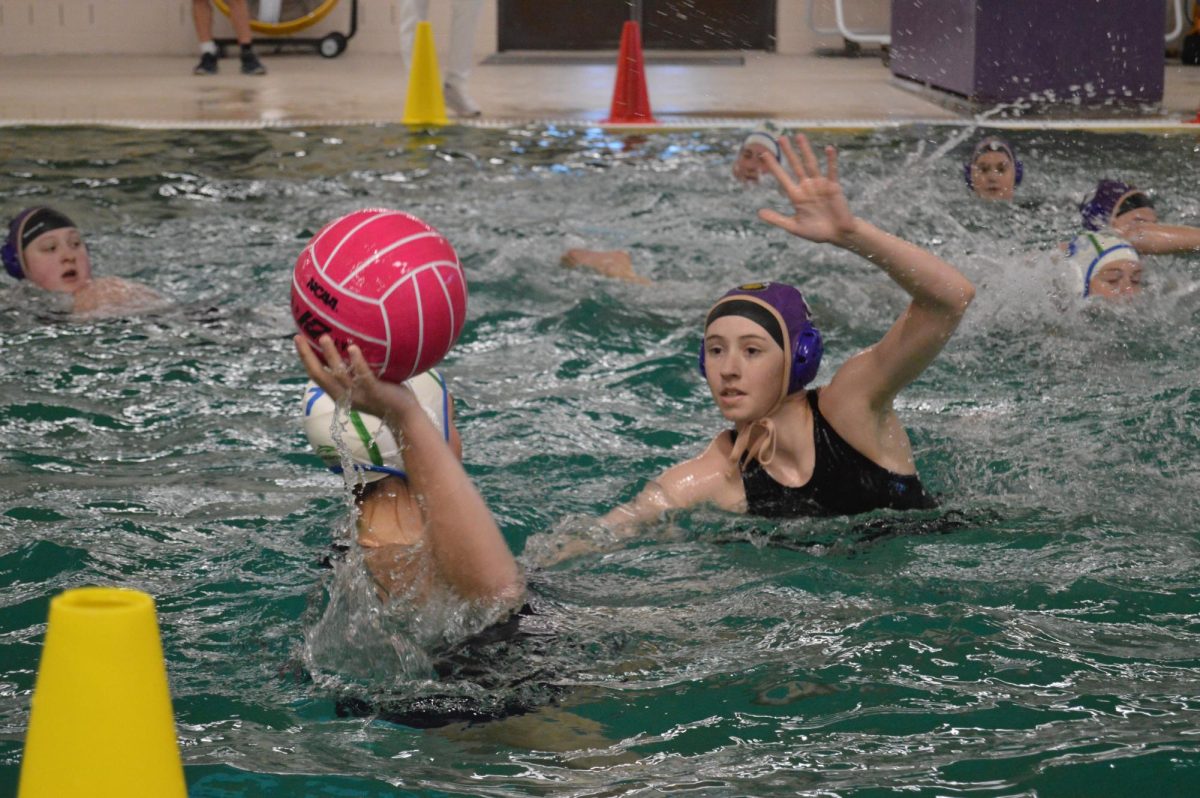Division I, Division II, Division III, NAIA, JUCO and more.
Each of these words, these titles, each hold a different weight.
There are expectations, standards and rankings, and it’s all too easy to believe that an athlete’s worth—and their skill level—can be as simple as the number that follows “Division” on their recruitment post.
The college decision is not a straight shot to the finish line. In the end, however, it’s up to them to decide where they want to spend the next few years of their life.
“It’s easier for people who don’t play sports to, judge people that do. There’s so many different levels and things that go into it,” Reese Sheppard said. “There’s some Division II’s and Division III’s that are better than division I.”
As a senior recently committed to the University of Oregon, Sheppard is preparing to leave home in a matter of weeks. Summer school and volleyball training await her in Eugene, Ore. As a division I commit, at a Big Ten school no less, there is no small amount of pressure to perform.
“It is hard getting everything you want at division I because a lot of times it is more like a job for the coach. They need to win. A lot of people think, ‘oh yeah, I can do that, it’s easy,’ and they get there and it all spirals down,” Sheppard said.
The pressure doesn’t ease, however, with senior Sage Dyson, committed to Highline College for JUCO volleyball. Friends and family clashed with own desires, along with the pros and cons of a four-year versus two-year education. In the end, it was up to Dyson to determine where she wanted to spend the next few years of her life.
“Sometimes, I just remind myself that I’m going to a lower division college for different reasons. Mainly, it’s because of money,” Dyson said. “Depending on what JUCO you go to, there’s colleges that have really good coaching and connections. I’m doing it for my own personal reasons, [and] it doesn’t really matter what other people think.”
Often, community is a key part of an athlete’s college decision. Senior Ethan Barker will be swimming at Willamette University next year, a Division III, and after a series of unplanned and exciting experiences, Barker fell in love with the school and swim team.
“I think [that] no matter if you’re in Division I, Division II or Division III, you’re still gonna have gotten to swim in college as a student athlete, have that bond with the team. Obviously there’s time differences, division I swimmers are gonna be much, much faster than Division III swimmers, but you’re gonna have that experience of being on a team with people who are hopefully going to care about you and support you,” Barker said.
Stereotypes come in all shapes and sizes. Maybe it’s just the idea that one level is more or less exciting than another, or perhaps the thought that skill is mathematical between divisions.
“When I went to the Northwest Conference Championships for Division III, there was a similar amount of people that might be at a district or state meet, compared to when I went to d1 championships or swimming,” Barker said. “Still, the energy level and excitement from both the teams and the fans was at a similar level.”
In Barker’s experience, it’s commonly believed that Division III is “less focused” because of the stability between athletics and academics.
“Everyone on the team who I met was very committed to improving their swimming stills while also being a great student,” Barker said. “I think the ability to have that balance is very important.”
No matter what level an athlete plays at, however, it’s an opportunity—a chance to put their all into something they believe in.
“I really think if you want to commit to being a college athlete, then you should work really hard at it, because I think it gives you a special experience. Just do whatever you can to elevate your game, and then go for that,” Dyson said.
Whether the decision is obvious or, more likely, difficult as Dyson’s was, it’s important to remember why you’re making the decision in the first place.
“You have to do these things for you. People can talk all they want in high school, but when you go to college you’re probably never going to see them again,” Sheppard said. “You want to be happy with your decision.”
College athletics is more than a pastime, bragging right or scholarship vending machine. It is a bridge toward the future, whether “future” means playing for the Olympics or sticking to intramurals.
“Not a lot of people go pro, so you have to think about once you’re done with college. You’re not gonna have a degree, not know what you’re doing, but, ‘oh, I played college sports for four years at the Division I level.’ That’s not setting yourself up for a good future and a good career,” Sheppard said. “In the next five years when you graduate college, you’re most likely not gonna be playing sports anymore. What are you gonna do with your future now?”




